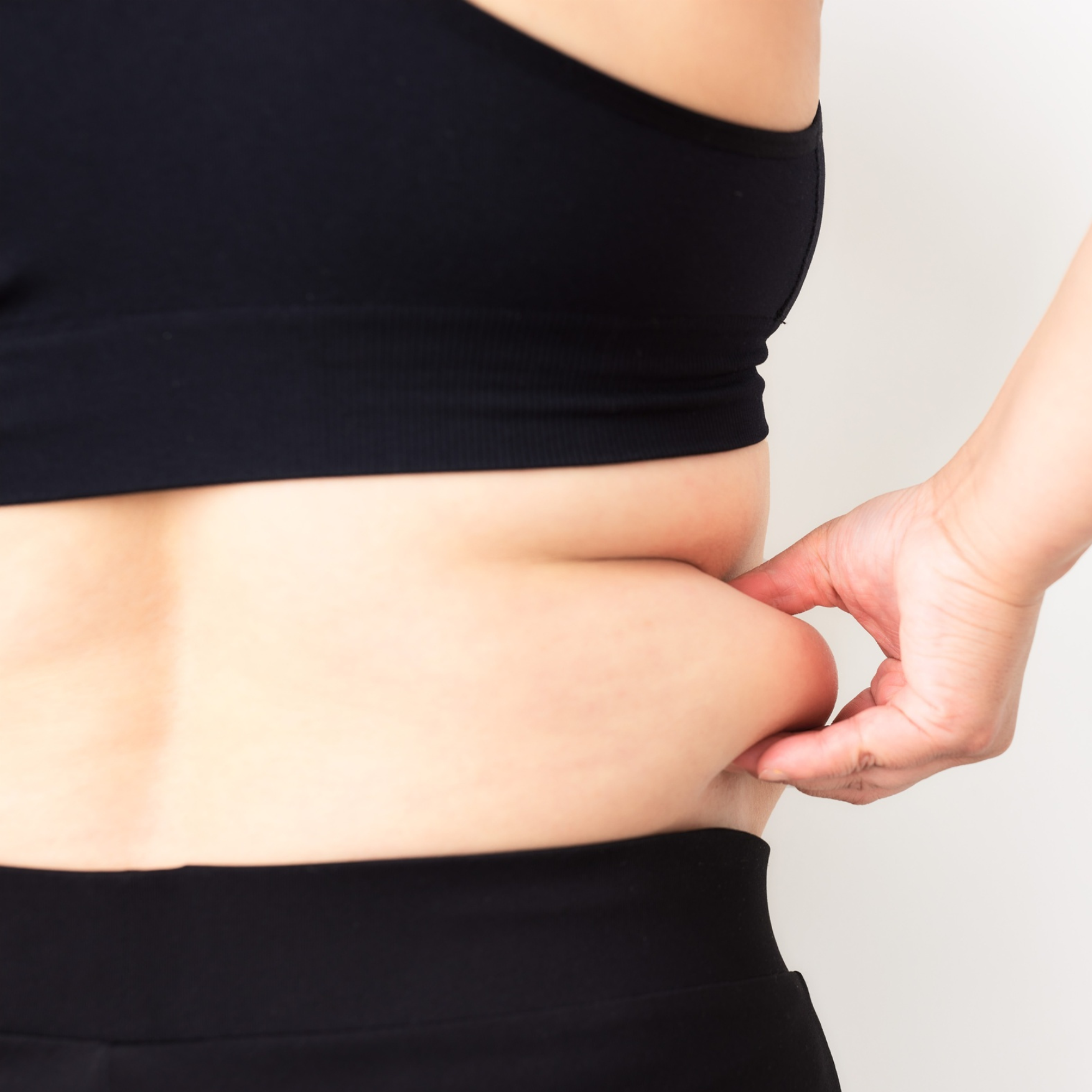What Foods Should I Avoid on the FODMAP Diet?
If you live with irritable bowel syndrome (IBS), you’ll know how frustrating symptoms like bloating, abdominal pain, gas, and unpredictable bowel habits can be. The Low FODMAP Diet is one of the most effective, evidence-based approaches to reduce these symptoms — and it helps around 75% of people feel significantly better.
As a New Zealand clinical dietitian, I work with many clients who finally get relief after years of gut discomfort by following a structured, personalised Low FODMAP approach.
What Is the Low FODMAP Diet?
FODMAPs are types of carbohydrates (sugars) found naturally in many foods. For some people, these carbohydrates are poorly absorbed in the small intestine and fermented by gut bacteria, causing gas, bloating, and pain.
FODMAP stands for:
- Fermentable
- Oligosaccharides – in wheat, onion, garlic
- Disaccharides – lactose in milk
- Monosaccharides – excess fructose in apples, honey
- And
- Polyols – sugar alcohols such as sorbitol and mannitol in some fruits and sweeteners
High FODMAP Foods to Limit or Avoid
During the first phase of the diet, we remove all high FODMAP foods for 2–6 weeks to calm the gut and identify your triggers.
Here are some common high FODMAP foods to be mindful of:
🍞 Grains and Cereals
- Wheat, rye, and barley (bread, pasta, cereals, biscuits)
- High-FODMAP gluten-free products made with inulin or chicory root
🧅 Vegetables
- Onion, garlic, cauliflower, mushrooms, asparagus, artichokes
🍎 Fruit
- Apples, pears, mango, watermelon, cherries, stone fruit, honey
🥛 Dairy
- Milk, yoghurt, custard, ice-cream, soft cheeses (due to lactose)
🥫 Legumes and Pulses
- Baked beans, lentils, chickpeas, kidney beans
🍬 Sweeteners
- Sugar-free mints, chewing gum, and diet products containing sorbitol, mannitol, or xylitol
The Goal Isn’t Restriction Forever
The Low FODMAP Diet is not a lifetime diet — it’s a three-phase process designed to help you discover which foods your body can comfortably tolerate.
At Kylie Russell Dietitian, I guide clients through all three stages using my Low FODMAP Package, ensuring your gut health and nutrition stay on track.
The Three Phases of the Low FODMAP Diet
Phase One: Low FODMAP Elimination (2–6 weeks)
Remove all high FODMAP foods to assess your symptom response.
You’ll receive written resources including:
- FODMAP food list
- Practical tips for getting started
- Eating out and shopping guides
- Meal and snack ideas
Phase Two: Re-challenge Phase
Systematically reintroduce one FODMAP group at a time to identify which sugars trigger your symptoms.
Includes:
- Personalised challenge schedule
- Step-by-step instructions
- Managing a FODMAP flare guide
Phase Three: Modified Low FODMAP Diet (Long-Term Balance)
Reintroduce as many moderate and high FODMAP foods as tolerated for a balanced, gut-friendly diet.
You’ll get:
- Interpretation of your challenge results
- Long-term meal planning
- Gut health and nutrition education
The Low FODMAP Package
Includes:
💻 1 × 45-minute initial consultation
🩺 2 × 25-minute follow-up consultations
📑 Written resources at each stage
📬 Email support between sessions
💰 $600 (incl. GST)
📍 Online consultations available anywhere in New Zealand
This structured program ensures you get professional guidance through every phase, so you can feel confident and symptom-free without guessing what to eat.
Why Work With a Dietitian?
Working with an experienced Low FODMAP dietitian ensures you:
- Identify your true FODMAP triggers
- Avoid unnecessary restriction
- Maintain good gut health and microbiome diversity
- Receive ongoing support through each phase
Start Your Gut-Health Journey Today
If bloating, cramping, or digestive discomfort are affecting your quality of life, it’s time to take control.
Book your Low FODMAP Package and get professional guidance tailored to you.
👉 Book your Low FODMAP Package here



